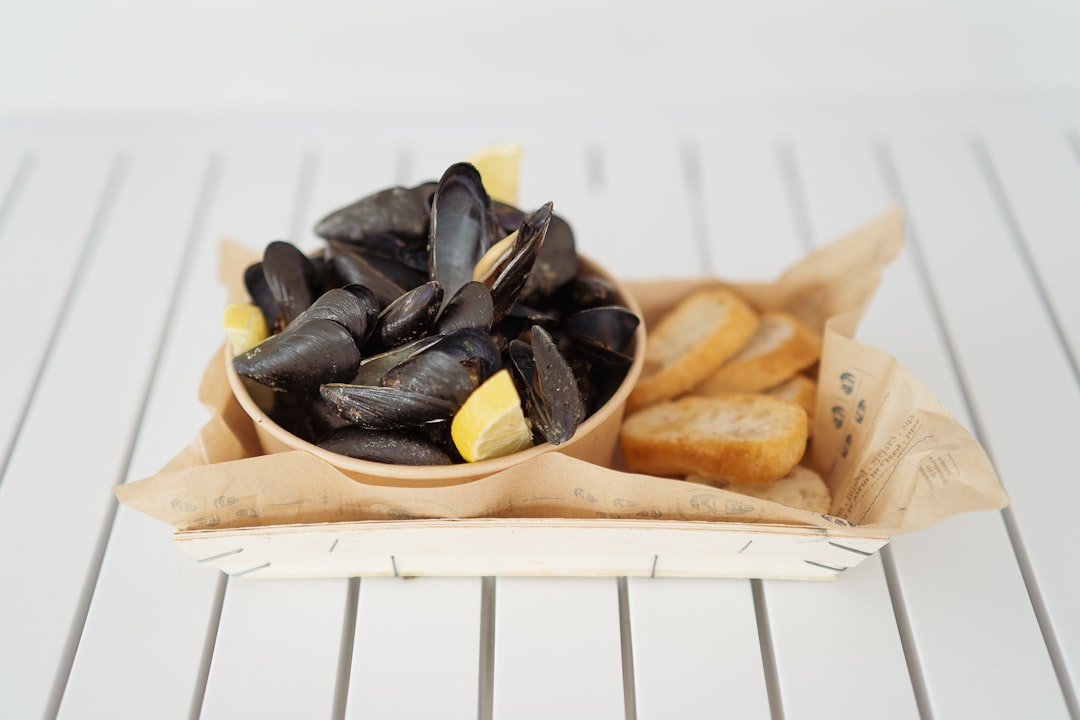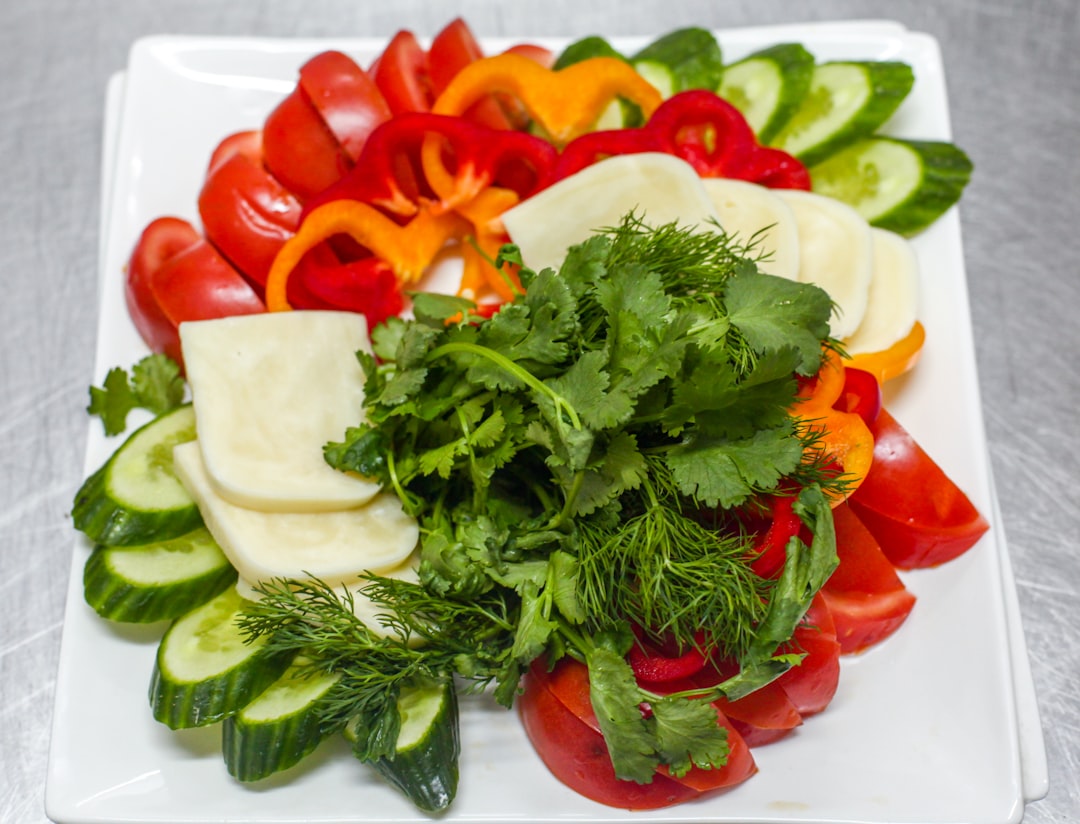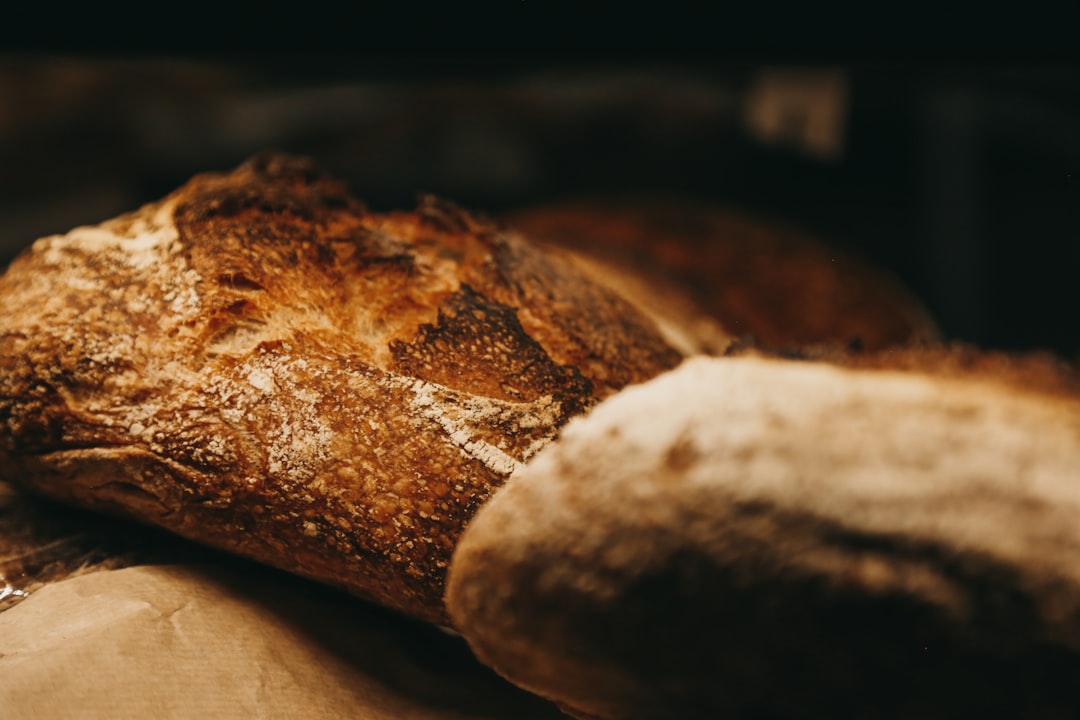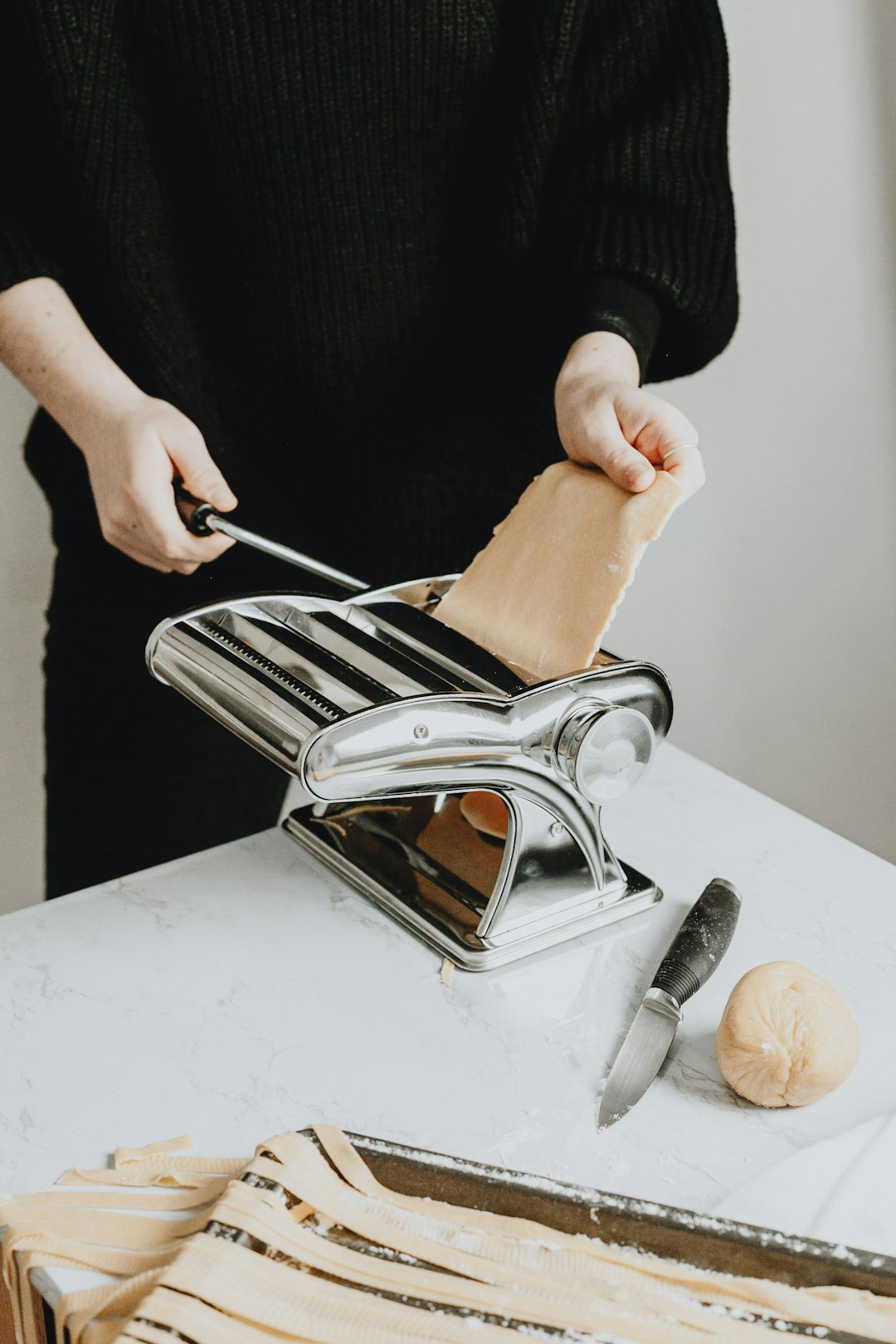
Breakfast is often hailed as the most important meal of the day, and what better way to start your morning than with a delicious and nutritious omelet? Once you've mastered the classic omelet recipe, the possibilities are endless. You can tailor it to your taste with a wide range of ingredient suggestions, including veggie and seafood options.
The classic omelet is a timeless dish that combines eggs, a bit of fat (such as butter or oil), and a sprinkle of salt and pepper. To make a basic omelet, crack a few eggs into a bowl and whisk them gently. Heat a non - stick skillet over medium - low heat and add a small amount of butter or oil. Once the fat is melted and sizzling, pour in the beaten eggs. As the eggs start to set, use a spatula to push the cooked edges towards the center, allowing the uncooked eggs to flow to the edges. This process helps to cook the eggs evenly.
Now, let's talk about the fun part - customizing your omelet. If you're a fan of vegetables, there are numerous options to choose from. Spinach is a great addition as it is packed with iron and vitamins. Simply wilt some fresh spinach in a separate pan with a little garlic and olive oil before adding it to your omelet. Mushrooms are another popular choice. Sauté sliced mushrooms in butter until they are tender and golden brown. Their earthy flavor adds a depth to the omelet that is truly irresistible.
Tomatoes can also bring a burst of freshness. You can use cherry tomatoes, halved, or diced regular tomatoes. Just make sure to drain them well to avoid making the omelet too watery. Bell peppers, whether red, green, or yellow, add a sweet and crunchy element. Cut them into thin strips and sauté them briefly before incorporating them into your egg mixture.
For those who love seafood, an omelet can be transformed into a seafood delight. Shrimp is a fantastic option. Clean and devein the shrimp, then cook them in a pan with a bit of lemon juice and herbs. Once they are pink and cooked through, add them to your omelet. Crab meat is another luxurious addition. Flake the crab meat and gently fold it into the eggs as they cook. The delicate flavor of the crab pairs beautifully with the richness of the eggs.
Cheese is an essential component for many omelet lovers. You can choose from a variety of cheeses such as cheddar, mozzarella, or feta. Cheddar adds a sharp and creamy flavor, while mozzarella melts into a stretchy, gooey goodness. Feta, with its crumbly texture and tangy taste, can take your omelet to a whole new level. Sprinkle the cheese over the eggs when they are about halfway cooked, so it has time to melt and blend in.
To add a bit of crunch and flavor, you can also include some herbs. Fresh parsley, chives, or basil can be chopped and sprinkled over the omelet. These herbs not only enhance the taste but also add a pop of color. You can even experiment with different spice blends. A dash of paprika can give your omelet a subtle smoky flavor, while a pinch of cayenne pepper can add a bit of heat.
When it comes to serving your omelet, you can keep it simple or get creative. Fold the omelet in half or roll it up, depending on your preference. You can serve it on a plate with a side of toast or a fresh salad. For a more elaborate presentation, you can top the omelet with a dollop of sour cream or a drizzle of hollandaise sauce.
In conclusion, mastering the classic omelet is just the beginning. With the right combination of ingredients, you can create a unique and delicious breakfast or brunch dish every time. Whether you're a vegetarian, a seafood lover, or a cheese enthusiast, there's an omelet recipe out there for you. So, grab your eggs, gather your favorite ingredients, and start cooking up some omelet magic!



































































































